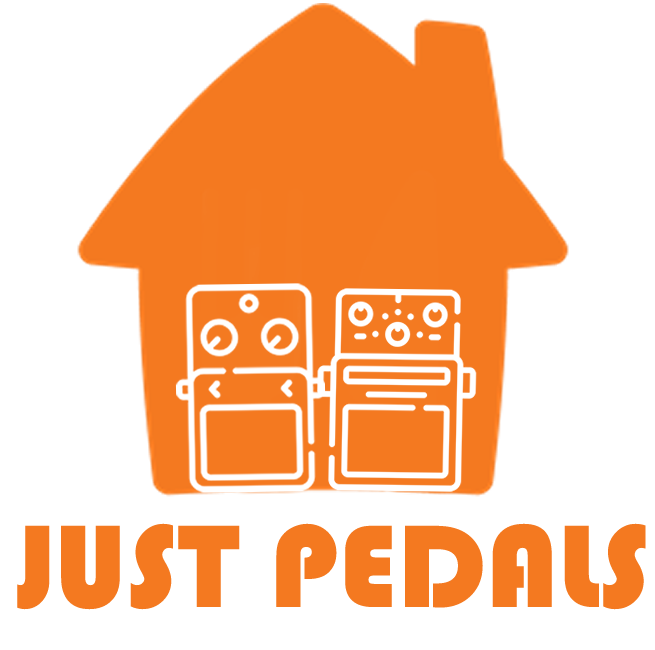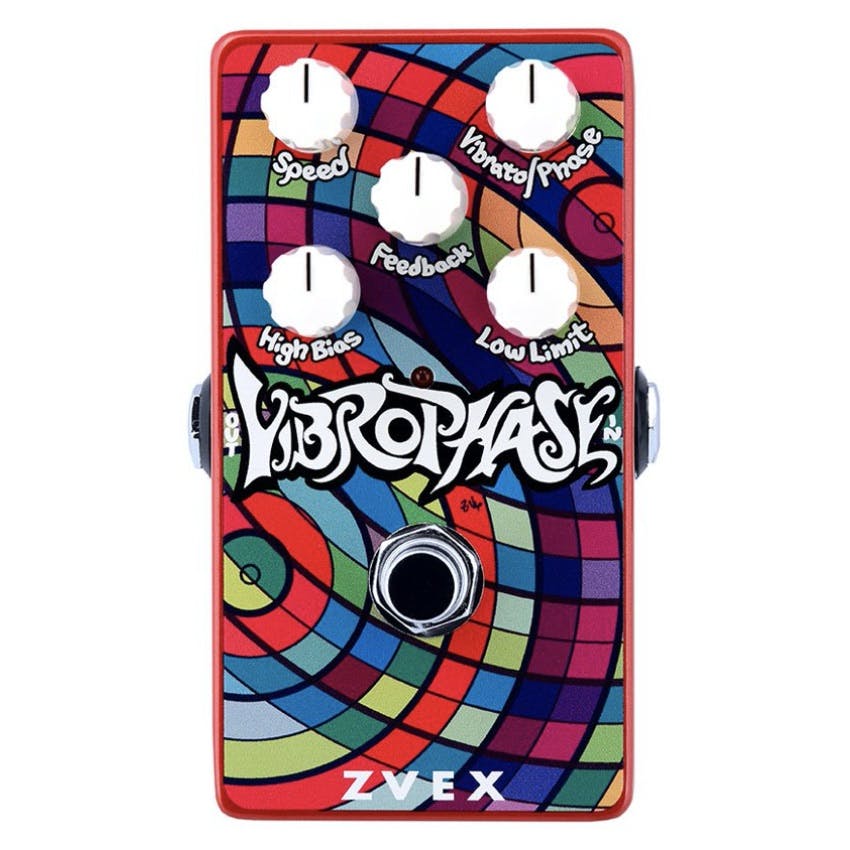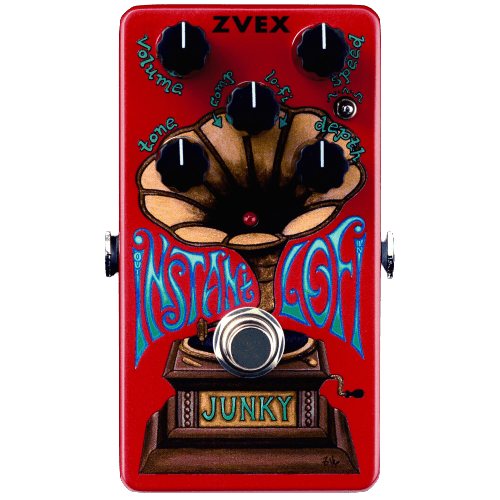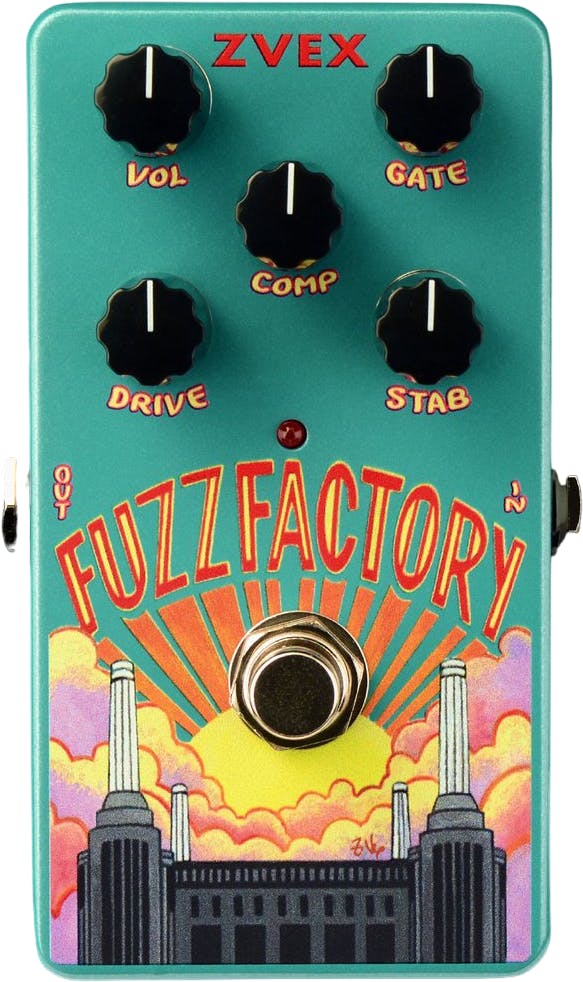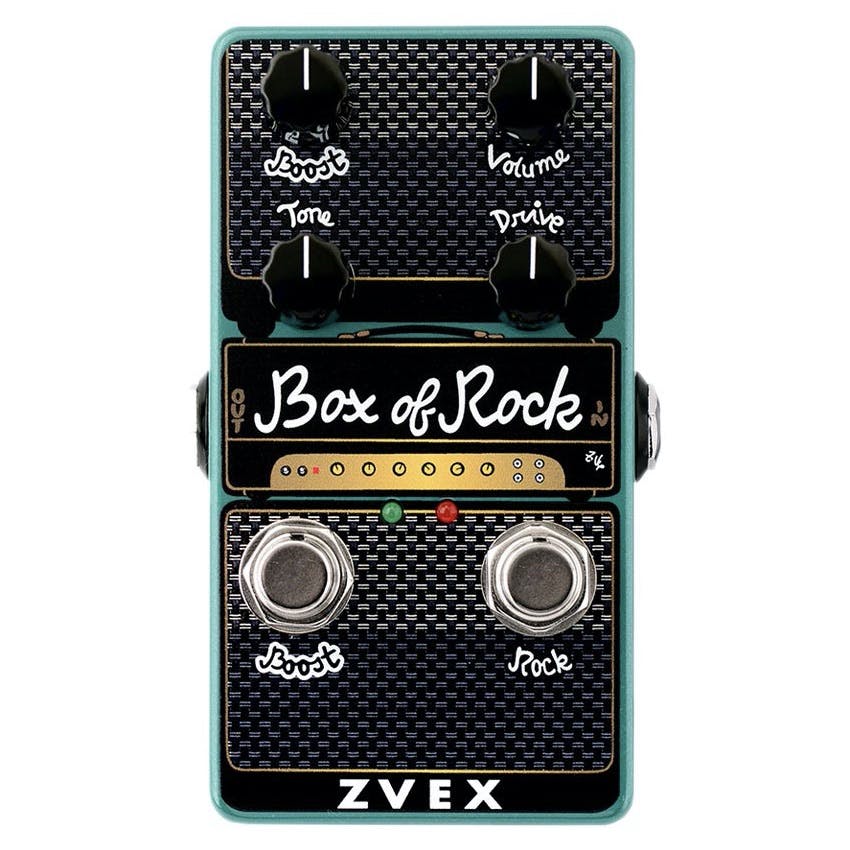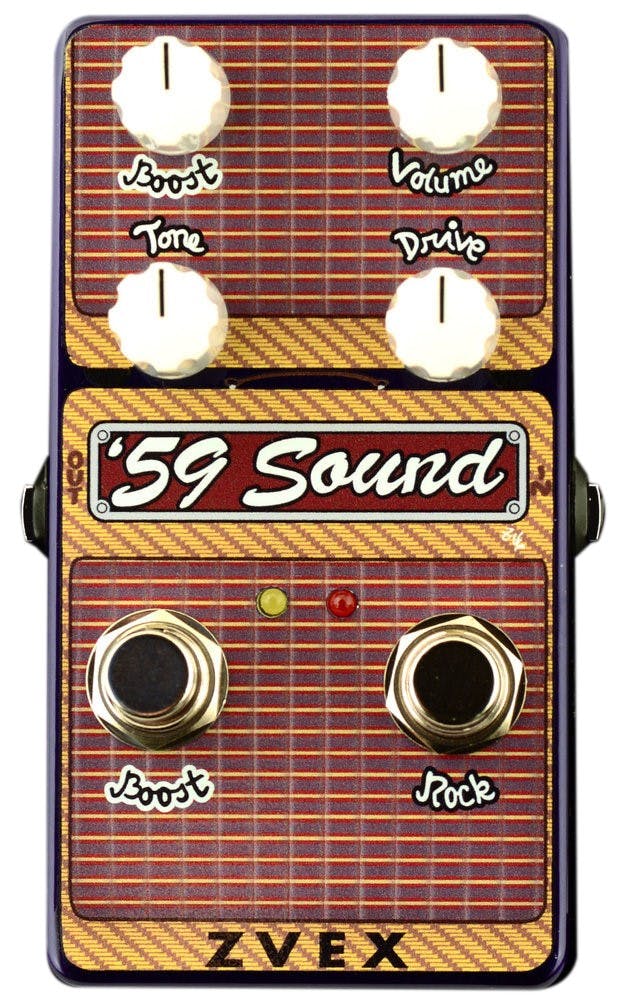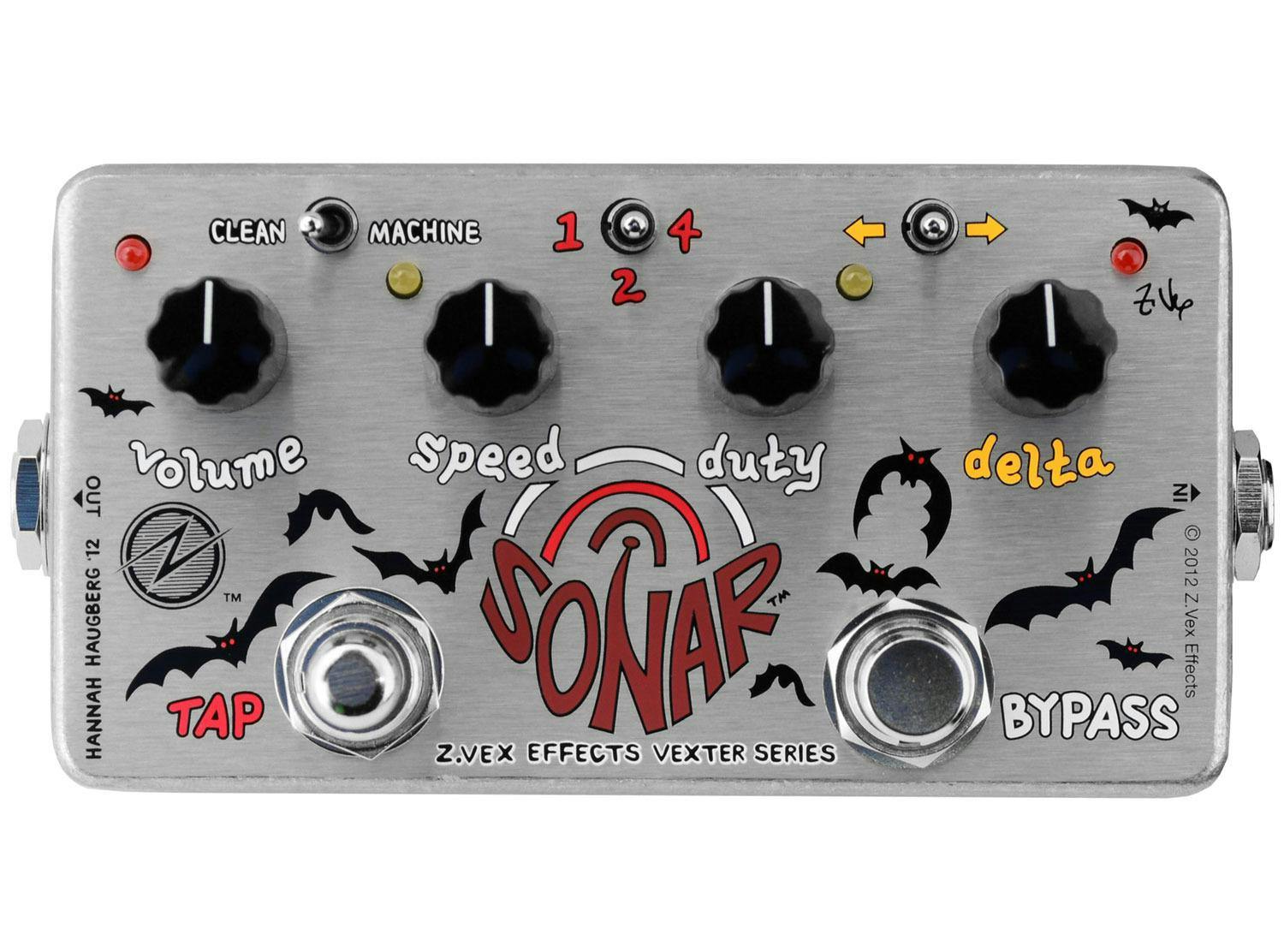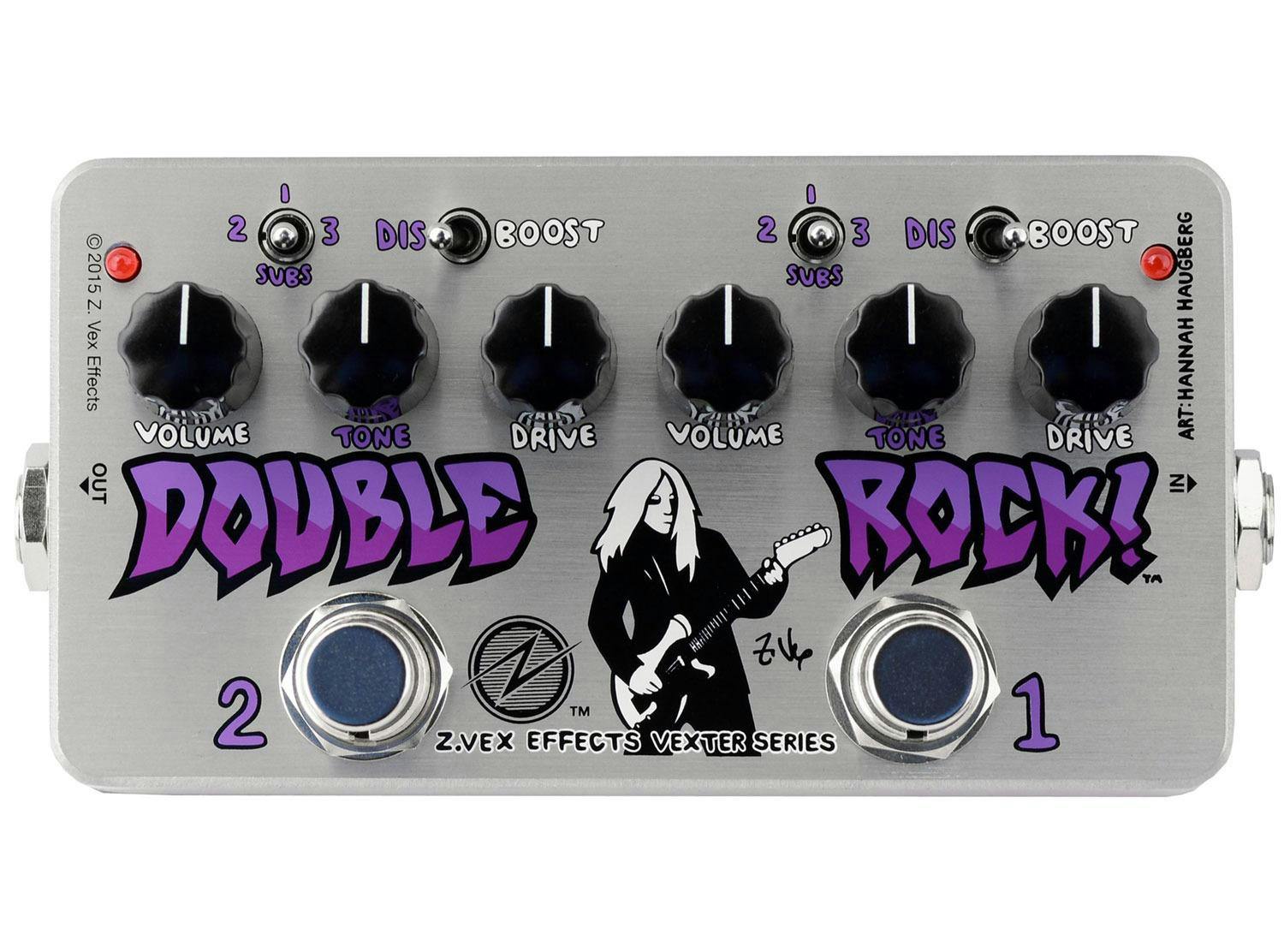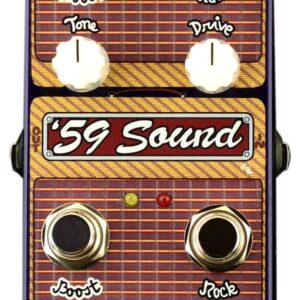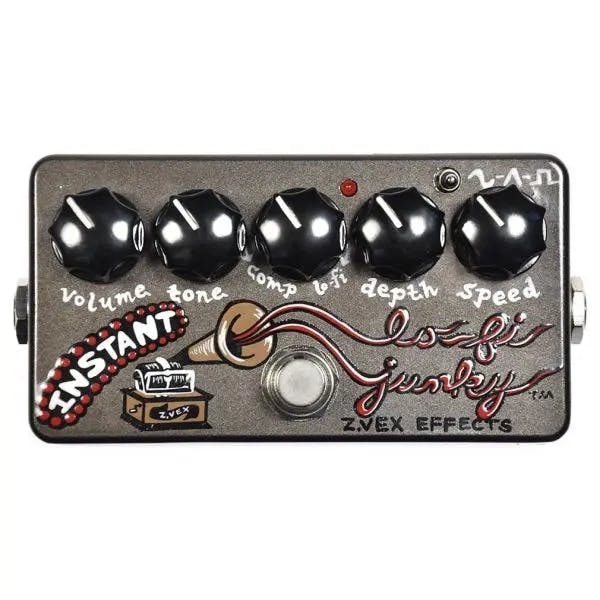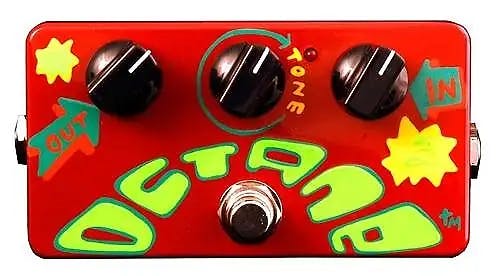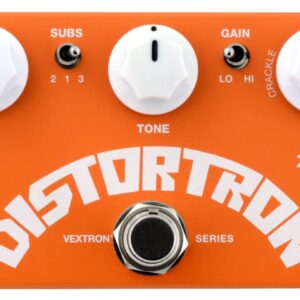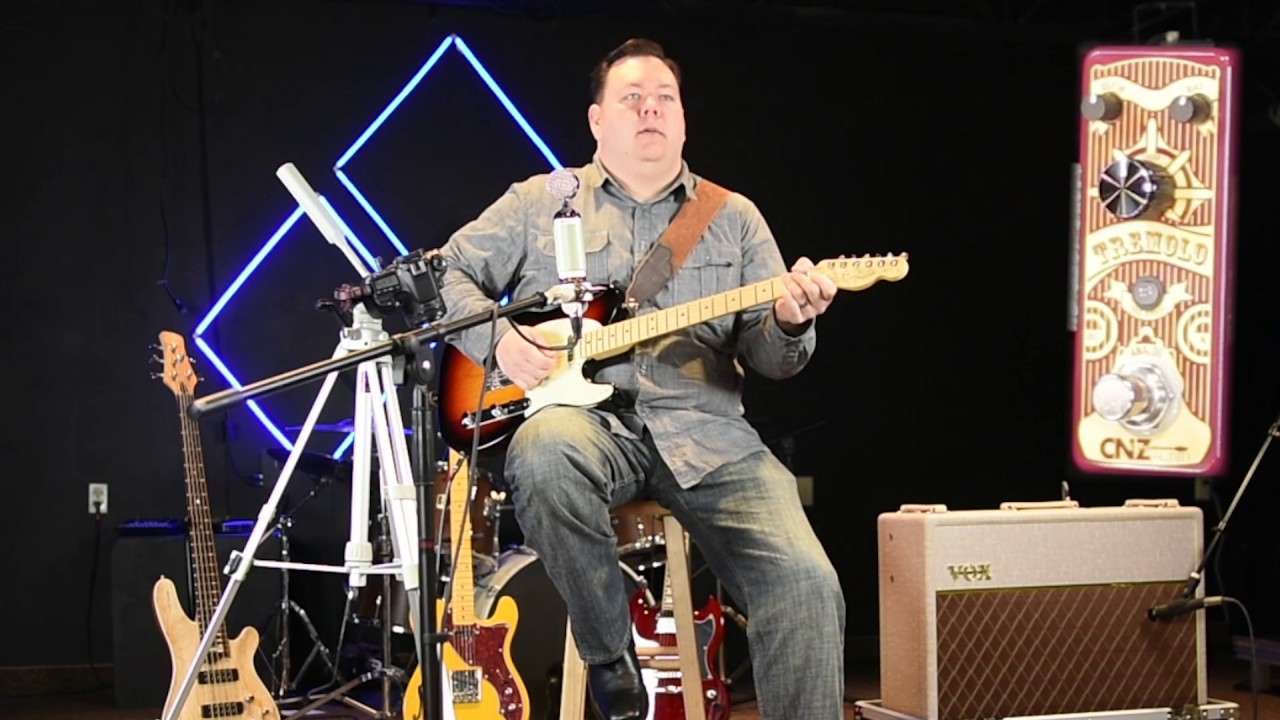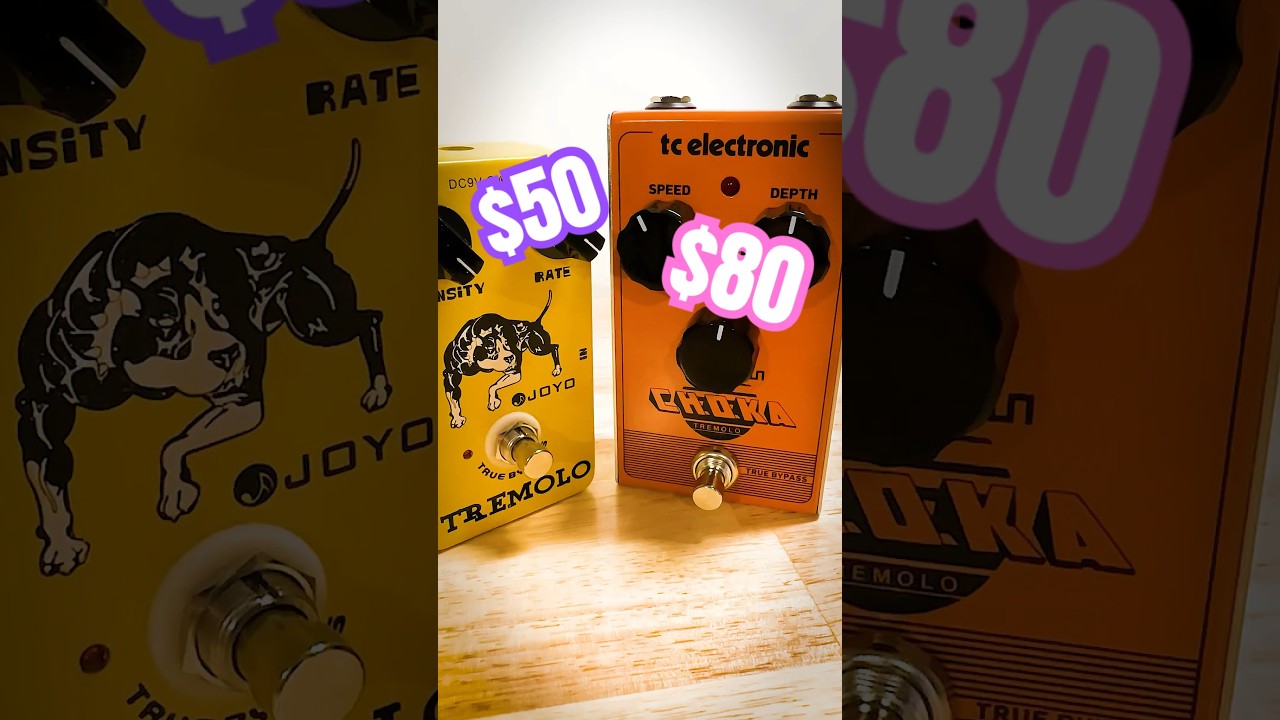Description
The ZVEX Effects Vexter Vibrophase Vertical Vibrato & Phaser Pedal is currently retailing at £229 and it is out of stock. Available to be delivered to you by post direct (some charge may apply).The team at Just Pedals think that ZVEX Effects nailed it with the ZVEX Effects Vexter Vibrophase Vertical Vibrato & Phaser Pedal. ZVEX Effects Vexter Vibrophase Vertical Vibrato & Phaser Pedal
We have new and used ZVEX Effects musical equipment available on our website for fast direct delivery from sellers across the UK & Europe.
ZVEX Effects – Artistry in Sound and Design
ZVEX Effects is a boutique brand known for its creative, hand-crafted pedals that push the boundaries of sound. Their iconic pedals, such as the Fuzz Factory and Machine, are known for their unique tonal textures, eccentric designs, and bold, expressive tones.
Each ZVEX pedal is meticulously crafted with a focus on innovation and artistic expression. From glitchy fuzz to complex modulation, ZVEX pedals allow musicians to experiment with wild, unconventional sounds, perfect for those looking to add character and individuality to their tone.
Let me know if that works! Would you like to explore another brand?
An effect is a modification applied to the instrument’s sound to alter its tonal characteristics, dynamics, or spatial properties. Effects can be achieved through electronic devices such as pedals, processors, or built-in effects units, and they offer a wide range of sonic possibilities.
Musicians use effects to enhance their sound, create unique textures, and expand the expressive capabilities of their instruments across various musical genres.
Just Pedals is a new Guitar Effect Pedals Marketplace – We feature new and used Guitar Effect pedals from different sellers, to purchase online from the UK.
Vibrato is an effect that subtly varies the pitch of a note, creating a natural, wobbling sound that mimics the pitch modulation commonly produced by the human voice or stringed instruments. It is achieved by modulating the pitch up and down around the note’s fundamental frequency at a consistent rate, adding depth and expressiveness to a sound.
Vibrato pedals are commonly used by guitarists to add a lush, musical quality to their playing, with popular models like the Electro-Harmonix Holy Grail or MXR M68 providing a smooth, controllable vibrato effect. Unlike tremolo, which modulates volume, vibrato focuses on pitch, and it’s often used in combination with other effects to create richer, more immersive tones. The depth and speed of the vibrato can be adjusted to suit the musician’s style, from subtle nuances to more pronounced modulations.
Just the latest videos
Just related products
£229.69
The ZVex Vexter Series Lo-Fi Junky Modulation and Chorus/Vibrato guitar effects pedal emulates the ZVex Lo-Fi Loop Junky in real time though a combination of THAT chip compression, Belling bucket-brigades and ultra low-current National Semiconductor …
read more
